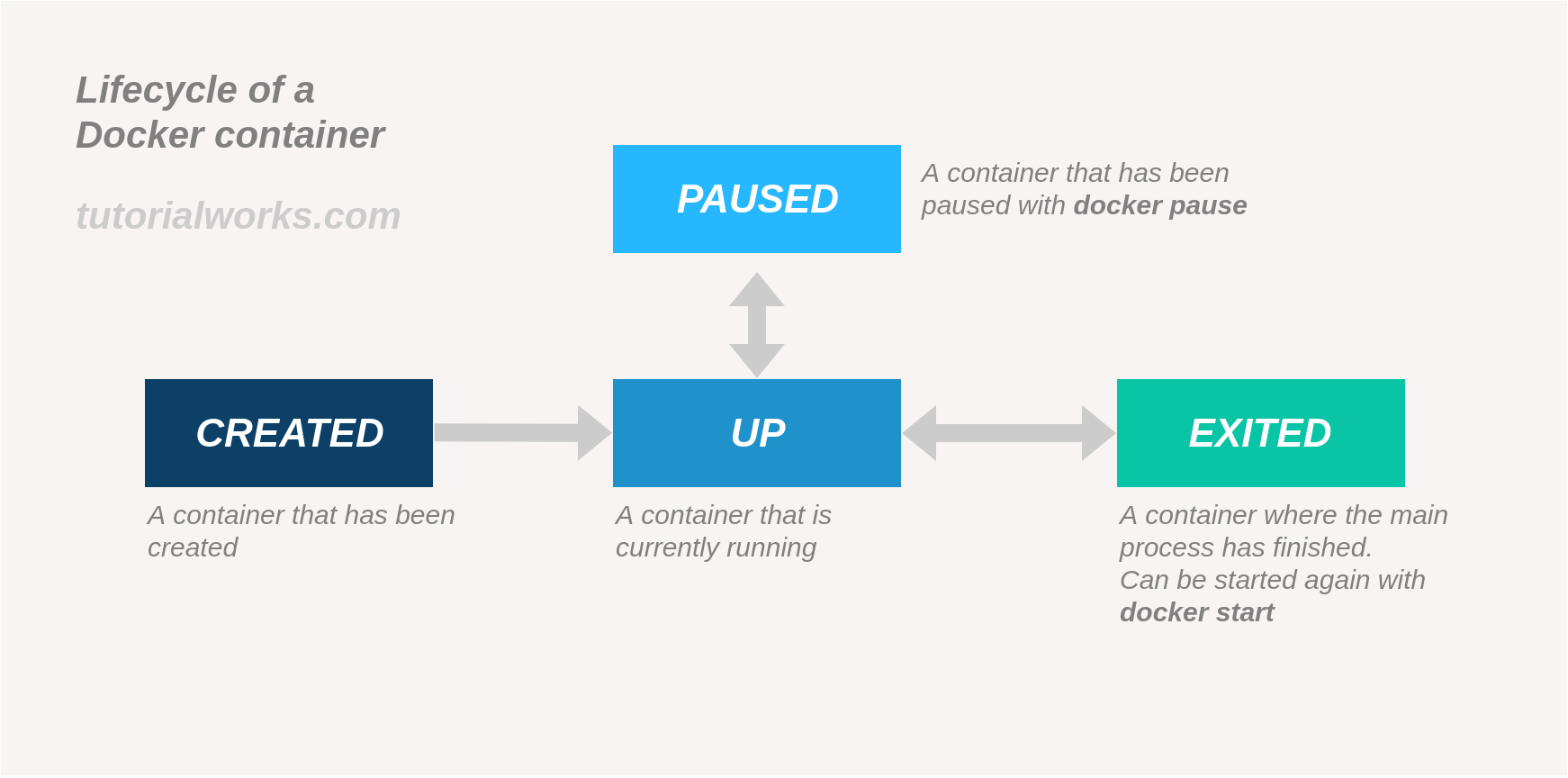

- #DOCKER RUN IMAGE FROM DOCKFER HOW TO#
- #DOCKER RUN IMAGE FROM DOCKFER INSTALL#
- #DOCKER RUN IMAGE FROM DOCKFER CODE#
* estimation based on tests on an internal development team, building production applications.

#DOCKER RUN IMAGE FROM DOCKFER CODE#
It runs asynchronous Python web code in a single process. Uvicorn is a lightning-fast "ASGI" server. This image has an "auto-tuning" mechanism included, so that you can just add your code and get that same high performance automatically. The achievable performance is on par with (and in many cases superior to) Go and Node.js frameworks. Optionally in a slim version or based on Alpine Linux.įastAPI has shown to be a Python web framework with one of the best performances, as measured by third-party benchmarks, thanks to being based on and powered by Starlette. uvicorn-gunicorn-fastapiĭocker image with Uvicorn managed by Gunicorn for high-performance FastAPI web applications in Python 3.6 and above with performance auto-tuning.

tiangolo/uvicorn-gunicorn-fastapi:python3.7. If you need to "pin" the Docker image version you use, you can select one of those tags. Note: Note: There are tags for each build date. Use the comment form below to give us feedback or ask questions concerning this article.Supported tags and respective Dockerfile links
#DOCKER RUN IMAGE FROM DOCKFER HOW TO#
That’s it! In this article, we have shown how to run a Docker container in the background in detached mode. How to Remove Docker Images, Containers and Volumes.How to Name or Rename Docker Containers.
#DOCKER RUN IMAGE FROM DOCKFER INSTALL#
Install Docker and Learn Basic Container Manipulation in CentOS and RHEL 7/6 – Part 1.You might also like to read these following related Docker articles. If you want to stop the above container or any other running container, use the following command (replace 301aef99c1f3 with the actual container ID). In addition, to reattach to a detached container, use docker attach command. To list all containers, run the following command (default shows just running). First, stop it from the foreground mode by pressing, then run it in a detached mode as shown: # docker run -d -rm -p 8000:80 -p 8443:443 -name pandorafms pandorafms/pandorafms:latest To run a Docker container in the background, use the use -d=true or just -d option. Which means you can not run any other commands while the container is running. The disadvantage of running a container in the foreground is that you can not access the command prompt anymore, as you can see from the screenshot above. This example shows how to start a Docker container in foreground mode: # docker run -rm -ti -p 8000:80 -p 8443:443 -name pandorafms pandorafms/pandorafms:latest Importantly, the -rm option tells Docker to automatically remove the container when it exits. You can also attach it to one or more file descriptors ( STDIN, STDOUT and/or STDERR) using the -a= flag. There are also command line options to configure it more such as -t to allocate a pseudo-tty to the process, and -i to keep STDIN open even if not attached.


 0 kommentar(er)
0 kommentar(er)
